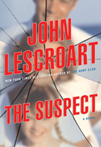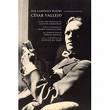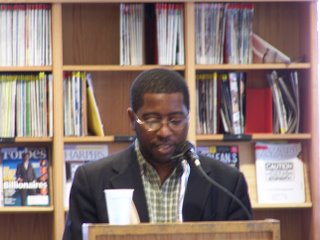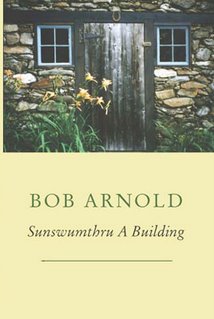
We headed to the venerable mystery bookshop in San Mateo, M Is for Mystery, to help welcome mystery writer John Lescroart Saturday as he presented his hot new page-turner, THE SUSPECT. It's the latest in the series he's set in San Francisco around legal eagle Dismas Hardy and dedicated detective Abe Glitsky -- but not. After about 13 books featuring the pair, Lescroart decided a couple of years ago to slide sideways and try a new lead character, Wyatt Hunt, who eventually tied in with the others. The result was last year's lively and well-received release, THE HUNT CLUB. The author said the fresh approach pushed sales up about 25 percent ... so how could he resist trying it again?
This time, though, the protagonist is a woman, Gina Roake -- first time for this author. It didn't change the way the story flowed for him; nor did the change of scene, as his legal consultant, Al Giannini, has moved out of SF to "the peninsula" south of the big city, and as a result the plot moved south, too.

We'll post a review of THE SUSPECT on the KB web site later (
www.kingdombks.com). Meanwhile, here's a quick look at the three aspects of writing and working in the genre that the gathered fans pushed: (1) the loss of one of the favorite characters within the series, Daveid Freeman; (2) the changing world of book promotion; and (3) the differences that revolve around the subgenre of thrillers. So ...
(1) No matter what Lescroart said about the new book, the questions kept hauling him back in time to when he killed off David Freeman, in THE FIRST LAW. Lescroart said the loss of the well-loved wise advisor "broke his heart" but was "necessary" in order to propel Dismas Hardy and Abe Glitsky into the plotted actions. Hence, character compels plot compels character. Hmm. Is there another character in the series who'll grow into the slot of team guru? Yes, says Lescroart: Aaron Washburn. Try the new volume and see if you can spot the trend.
(2) Book promotion sure is changing. Do it yourself -- don't count on the publisher. That's what this Bay Area writer discovered, after a fairly passive early career. Now he runs a web site, flies around meeting reps from Borders and Barnes & Noble, and pays to have his work announced through Author Buzz, a service that he said reaches some 40 million readers. May be paying off -- that, or the solid writing -- because his publisher, Dutton, finally bought him a full-page color ad in yesterday's New York Times.
(3) Thrillers: To Lescroart, thrillers are differentiated from the rest of the mystery genre by the unrelenting suspense in them. As a founding sponsor of a new organization for thriller writers, and joined by other sponsors Clive Cussler and Jonathan Kellerman, he's excited that conversation and sales are spiking in the subgenre.
Why did he move into legal thrillers? "Because I was failing desperately at making a living," he confessed, and also because he wasn't happy with the level of his own writing. But the critical shift in pace and depth took place when he was 41 and went into a deadly coma from spinal meningitis. A couple of weeks later, when he'd surprised himself and his world by moving into recovery, he dedicated himself to writing "a better, more important book" and crafted HARD EVIDENCE -- his fifth book and the one that really woke up readers. The first version, driven and compelling, he showed to Al Giannini, the legal eagle mentioned earlier. Al said, "It's a great book but the legal stuff is all wrong." So page by page, the team rewrote and polished.
By now, Lescroart doesn't just know his characters; he listens to them. "These guys are so real to me," he admitted Saturday. "It's not hard to keep track of them. I know where they are and where their children are. They're walking around the caverns in my brain."
As a result, he's 75 percent done with the next book already, which opens in Iraq. The research (he's not actually going there) has involved people freshly returned, and Lescroart says it's been "pretty disturbing ... the people that come back are a lot more emotional than we realize or read about in the newspaper."
But that's another story. For now -- check back with us in a week or so for a review of THE SUSPECT. And oh yes -- if you find yourself in California, do stop by M Is for Mystery. We do!











